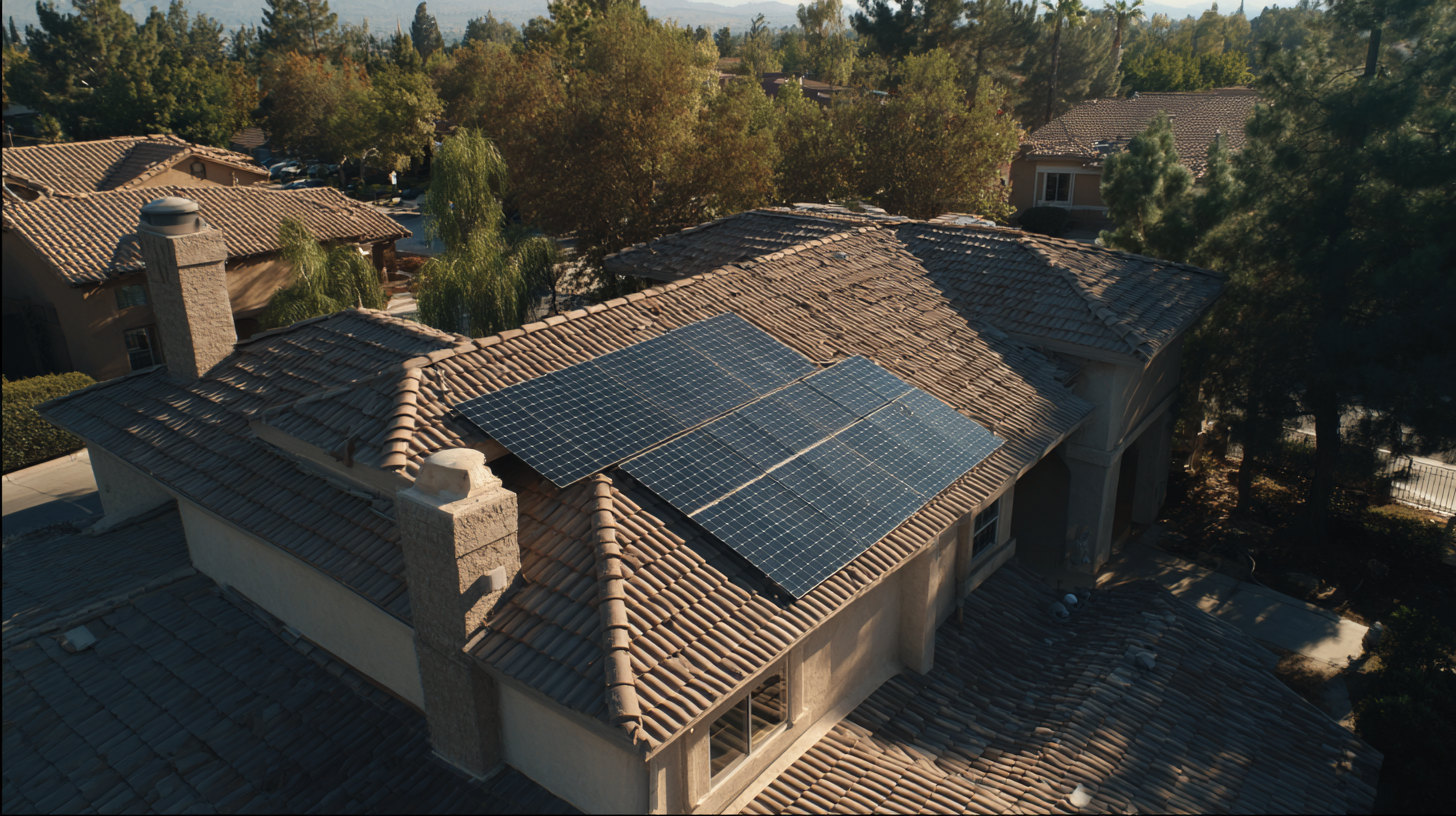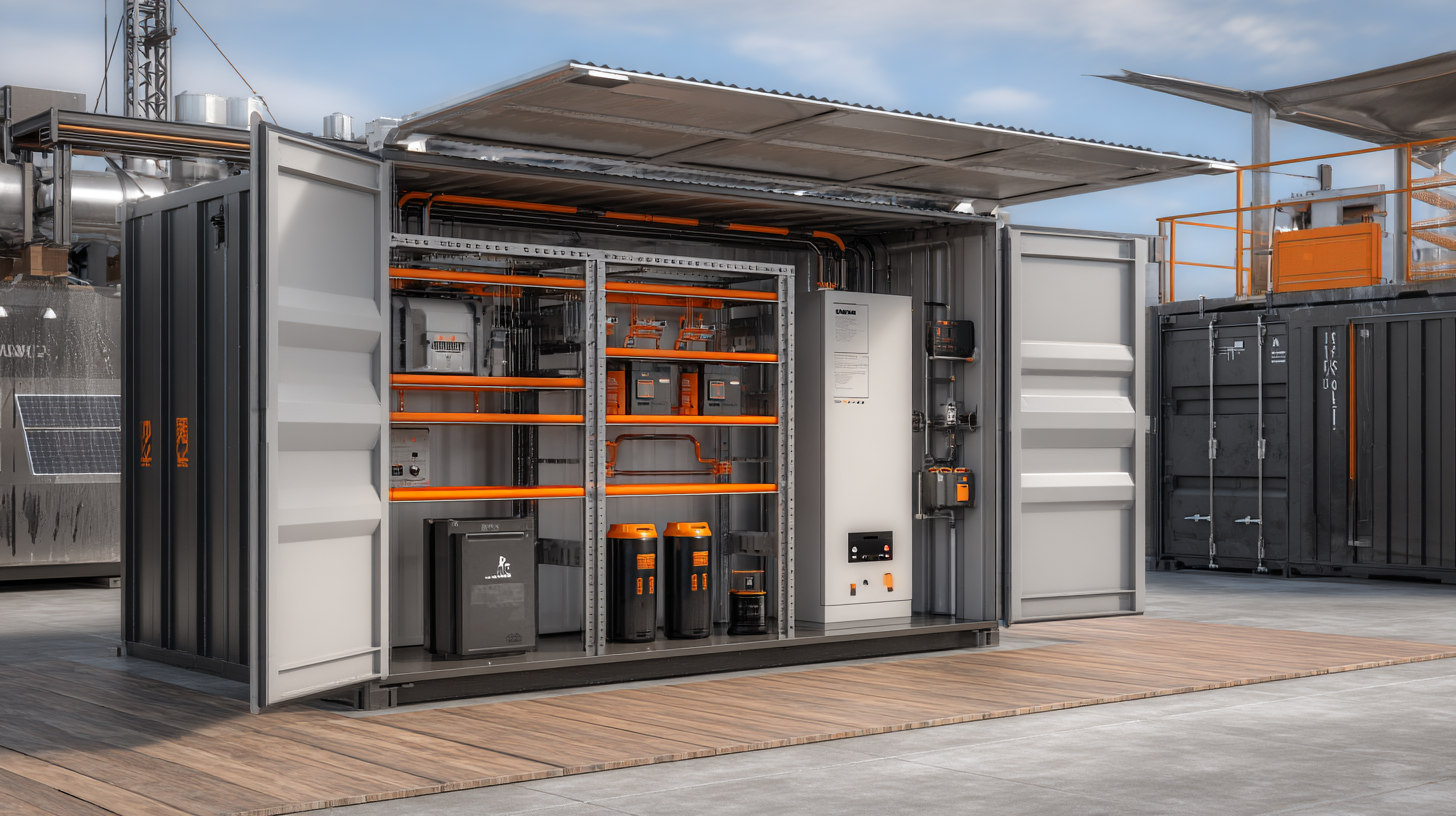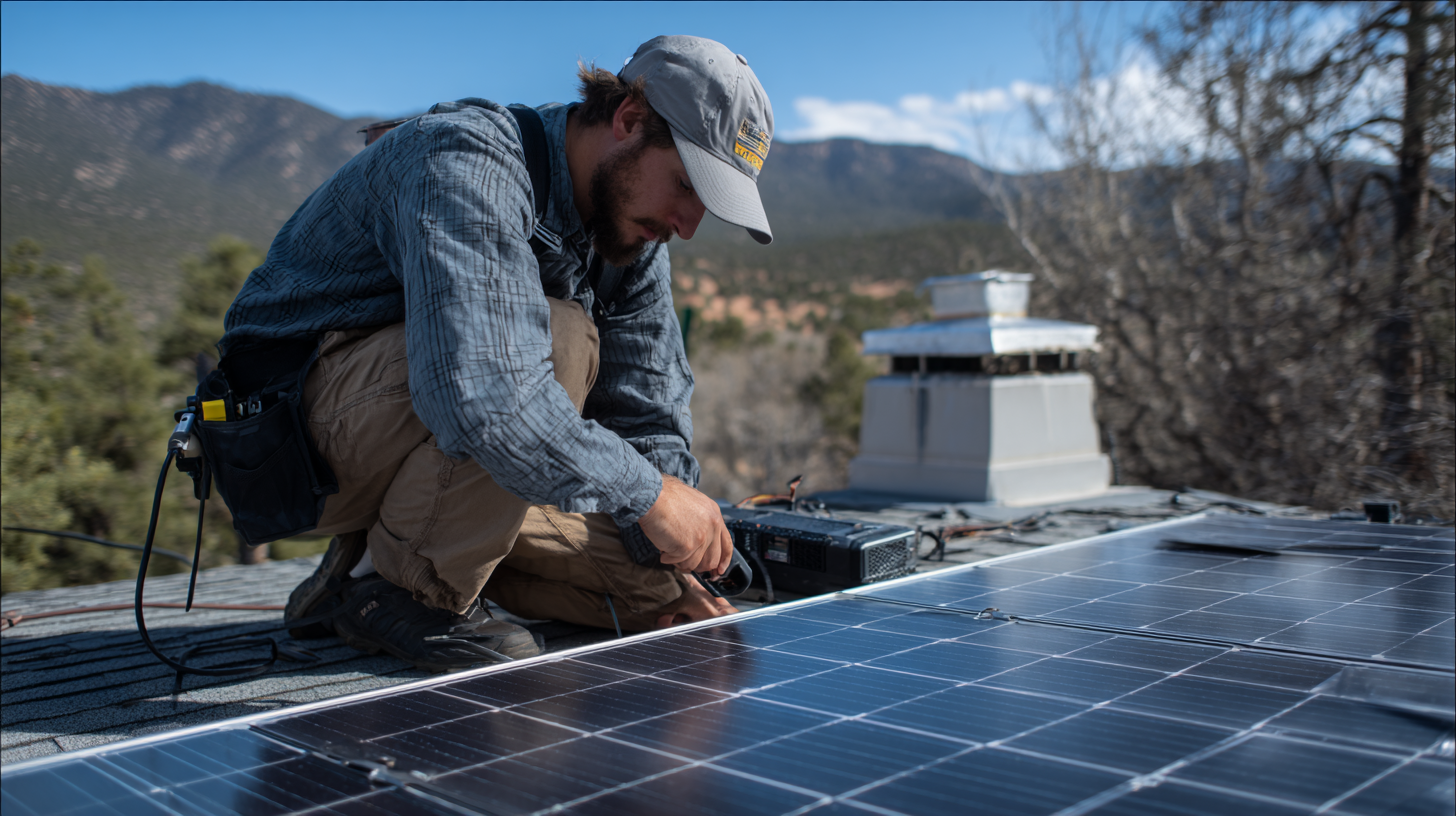ALL PRODUCTS
- Solar Panel
- Hybrid Inverter
- Lithium Battery
GSB SOLAR LITHIUM BATTERIES
- Gel Battery
- Solar Street Lights
- Pump Inverter
As the demand for renewable energy sources continues to rise, the importance of solar energy systems, particularly solar battery installation, has become increasingly evident. According to a report by the International Energy Agency, solar power capacity globally grew by more than 20% in 2020, demonstrating its rapid adoption as a viable energy solution. With advancements in technology, solar battery systems have emerged as a crucial component in maximizing energy efficiency and self-consumption. A recent study by BloombergNEF projects that by 2040, the global market for energy storage systems could reach $620 billion, underscoring the growing trend of integrating battery storage solutions with solar energy setups. This guide will delve into the essential steps involved in the solar battery installation process, providing homeowners with a clear understanding of how to enhance their solar systems’ performance and sustainability.

Solar batteries are an essential component of modern solar energy systems, enabling homeowners to store excess energy generated during the day for use during cloudy periods or at night. These batteries come in various types, including lithium-ion and lead-acid, each with distinct advantages. Understanding how solar batteries work and their specifications can help you choose the right one for your energy needs.
When considering solar battery installation, it's crucial to evaluate your energy consumption patterns. For instance, analyze your electricity bills to determine peak usage times. This insight will guide you in selecting a battery with sufficient capacity to meet your needs. Additionally, it's beneficial to consult with experienced solar energy professionals who can provide tailored recommendations based on your specific circumstances.
Here are some tips for a successful solar battery installation: First, ensure that your solar panel system is compatible with the battery you choose. Secondly, consider the installation location; the site should be cool, well-ventilated, and protected from extreme weather. Finally, take time to learn about the maintenance requirements of your chosen battery technology to maximize its lifespan and efficiency.

When considering solar battery installation, several key steps are essential to ensure a successful setup. The first phase involves assessing energy needs and determining the appropriate battery capacity. According to the Solar Energy Industries Association (SEIA), a typical home in the U.S. may require a 10 kWh battery to store sufficient energy for daily use. This initial assessment helps in selecting the battery type, with lithium-ion batteries currently dominating the market due to their efficiency and longevity.
The next critical step is the site evaluation and preparation. A professional installer will assess the space where the battery will be mounted, ensuring it complies with safety regulations and optimizing for accessibility. It's recommended that installation occurs near the solar inverter to facilitate efficient energy transfer. Once the site is prepared, the installation can begin, which typically involves wiring the battery to the existing solar system, ensuring seamless integration. As per a report from the International Renewable Energy Agency (IRENA), the global battery storage market is expected to grow significantly, with installations projected to reach up to 1,000 GWh by 2030, emphasizing the increasing importance of proper installation processes.
 Installing a solar battery system is a crucial step in optimizing your renewable energy usage. To perform this installation effectively, it’s essential to have the right tools and equipment on hand. First and foremost, a high-quality multimeter is vital for measuring voltage, current, and resistance throughout the installation. This tool ensures that connections are established correctly and helps troubleshoot any potential issues in the system. Additionally, wire strippers and crimpers are necessary for preparing and securing electrical connections, making sure they are safe and reliable.
Installing a solar battery system is a crucial step in optimizing your renewable energy usage. To perform this installation effectively, it’s essential to have the right tools and equipment on hand. First and foremost, a high-quality multimeter is vital for measuring voltage, current, and resistance throughout the installation. This tool ensures that connections are established correctly and helps troubleshoot any potential issues in the system. Additionally, wire strippers and crimpers are necessary for preparing and securing electrical connections, making sure they are safe and reliable.
In addition to basic tools, you’ll need specific equipment tailored to solar battery setups. A battery management system (BMS) is crucial, as it monitors battery health and performance, preventing overcharging and ensuring longevity. Proper mounting hardware is also essential for securing the solar batteries and ensuring they are spaced adequately for ventilation. Finally, safety gear, such as gloves and goggles, cannot be overlooked to protect yourself from the electrical hazards associated with the installation process. With the right tools and equipment in place, you can confidently proceed with your solar battery installation, paving the way for a more sustainable energy solution.
When it comes to solar battery installation, ensuring safety should be the top priority. Before beginning the installation process, it's crucial to wear appropriate protective gear, including gloves, goggles, and hard hats. These items can help shield against potential electrical hazards and physical injuries. Additionally, always work in a well-ventilated area to prevent the buildup of harmful gases that could be emitted from batteries during installation.
Tips: Clear the workspace of any unnecessary tools or materials to reduce clutter and potential trip hazards. Also, it’s advisable to have a fire extinguisher nearby, preferably one rated for electrical fires. Ensuring that all tools are in good condition can further enhance safety measures, as faulty equipment can lead to unexpected accidents.
Moreover, understanding the solar battery system being installed is essential. Always review the manufacturer's guidelines for the specific battery model and follow all recommended safety practices. This includes properly handling and disposing of batteries, as they can be hazardous if damaged. When unsure, consulting a professional can provide extra peace of mind and ensure that the installation meets all safety standards.
When it comes to solar battery installation, several challenges may arise, particularly regarding site assessments and technical compatibility. A common issue is ensuring that the solar battery system is compatible with existing solar panels and the electrical infrastructure of the home. Inadequate assessment can lead to inefficiencies and safety risks. To mitigate this, homeowners should engage qualified professionals for a comprehensive site evaluation before installation. This will help identify any compatibility gaps and ensure that the selected battery system meets energy needs.
Another significant challenge is the physical installation process, which may involve complex wiring and structural considerations. Homeowners often face difficulties in determining the optimal location for battery placement, considering factors such as space availability and ventilation. Solutions to these issues include utilizing modular battery systems, which offer flexibility in installation and can be tailored to fit various spaces. Additionally, collaboration with experienced installers can alleviate concerns about physical constraints and ensure that safety and efficiency measures are prioritized throughout the installation process.






